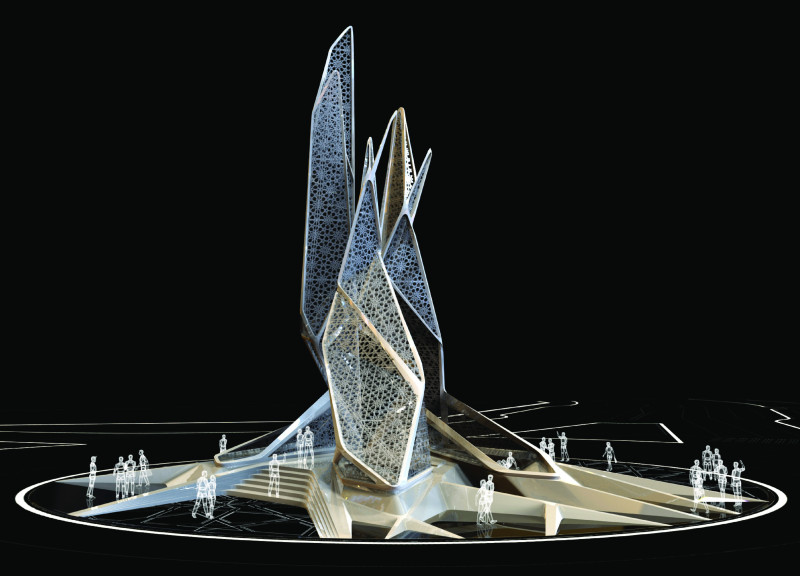5 key facts about this project
The primary function of this architectural endeavor is to provide [insert specific functions such as residential, commercial, or mixed-use spaces]. The layout is meticulously planned to encourage seamless movement throughout the structure, ensuring that each area serves its intended purpose while also allowing for flexibility. Spaces are designed to be multifunctional, accommodating various activities and user interactions, which results in a dynamic atmosphere.
Key elements of the project are evident in its comprehensive approach to spatial organization. The entrance greets visitors with a welcoming and elegant design, drawing them into an open-plan area that promotes connectivity. This central hub is flanked by distinct zones, each tailored to specific uses, such as private workspaces, collaborative meeting areas, or leisure spaces. The clear demarcation of these spaces, yet their interconnectedness, fosters a sense of community while providing for individual needs.
One notable aspect of the architecture is its sensitivity to natural light. The design incorporates extensive glazing in strategic locations, allowing daylight to penetrate deep into the interior spaces. This not only reduces reliance on artificial lighting but also enhances the overall ambience, encouraging a connection with the outdoors. Overhangs and shading devices are thoughtfully integrated to regulate solar gain, further supporting energy efficiency and occupant comfort.
The material palette utilized in this project is both deliberate and diverse, combining durability with elegance. Concrete serves as the foundational material, providing robust structural support while simultaneously lending a contemporary feel. Wood elements add warmth and texture, creating a welcoming environment throughout the interior spaces. Glass plays a crucial role in visual connectivity and transparency, offering views to the surrounding landscape while blurring the lines between indoors and outdoors. Steel beams offer structural integrity while contributing to a modern aesthetic, with their sleek lines and functional forms.
Uniquely, this project incorporates sustainable design practices that align with contemporary architectural values. Features such as rainwater harvesting systems and green roofing not only address environmental concerns but also promote awareness of ecological impact among its users. The design encourages the integration of technology with smart systems that enhance energy efficiency, enabling a more sophisticated interaction with the building’s resources.
What stands out is the project’s approach to cultural integration, weaving the local character and history into the architectural language. Utilizing elements that reflect regional styles, the design maintains a dialogue with its environment, creating a sense of place that resonates with both residents and visitors alike. This thoughtful consideration of context enriches the user experience and elevates the project beyond its physical presence.
As a cohesive whole, the architecture showcases a blend of innovative ideas and practical solutions. The design promotes an ongoing relationship between the built environment and its users, emphasizing connection, functionality, and sustainability. The outcome is a space that is not only aesthetically pleasing but also purposeful, fulfilling the needs of its community while remaining adaptable to future changes.
To explore the project in greater detail, including architectural plans, sections, and further design insights, readers are encouraged to engage with the comprehensive presentation. Delving into these architectural components will provide a deeper understanding of the thoughtful ideas and meticulous planning that characterize this architectural project.


 Mohsen Daneshgar
Mohsen Daneshgar 




















